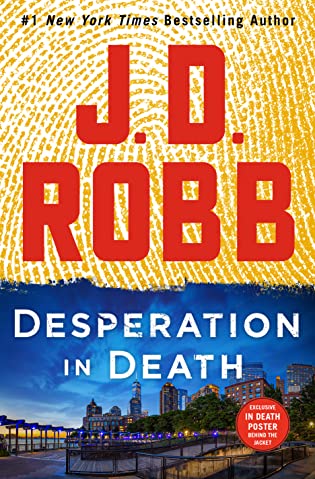 Desperation in Death (In Death, #55) by J.D. Robb
Desperation in Death (In Death, #55) by J.D. Robb Format: eARC
Source: supplied by publisher via Edelweiss
Formats available: hardcover, large print, paperback, ebook, audiobook
Genres: futuristic, mystery, romantic suspense, thriller
Series: In Death #55
Pages: 368
Published by St. Martin's Press on September 6, 2022
Purchasing Info: Author's Website, Publisher's Website, Amazon, Barnes & Noble, Kobo, Bookshop.org, Better World Books
Goodreads
The #1 New York Times bestselling author presents a gripping new thriller that pits homicide detective Eve Dallas against a conspiracy of exploitation and evil…
New York, 2061: The place called the Pleasure Academy is a living nightmare where abducted girls are trapped, trained for a life of abject service while their souls are slowly but surely destroyed. Dorian, a thirteen-year-old runaway who’d been imprisoned there, might never have made it out if not for her fellow inmate Mina, who’d hatched the escape plan. Mina was the more daring of the two—but they’d been equally desperate.
Unfortunately, they didn’t get away fast enough. Now Dorian is injured, terrified, and wandering the streets of New York, and Mina lies dead near the waterfront while Lt. Eve Dallas looks over the scene.
Mina’s expensive, elegant clothes and beauty products convince Dallas that she was being groomed, literally and figuratively, for sex trafficking—and that whoever is investing in this high-overhead operation expects windfall profits. Her billionaire husband, Roarke, may be able to help, considering his ties to the city’s ultra-rich. But Roarke is also worried about the effect this case is having on Dallas, as it brings a rage to the surface she can barely control. No matter what, she must keep her head clear--because above all, she is desperate for justice and to take down those who prey on and torment the innocent.
My Review:
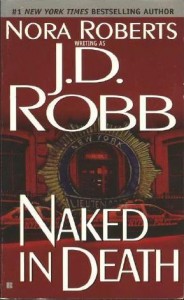 The desperation that leads to the death that brings Eve Dallas and her ever-expanding crew onto this case is one that Eve is entirely too familiar with. It’s the desperation of a girl who has been trapped into a life where she is merely an object for other people’s abuse and other people’s pleasure.
The desperation that leads to the death that brings Eve Dallas and her ever-expanding crew onto this case is one that Eve is entirely too familiar with. It’s the desperation of a girl who has been trapped into a life where she is merely an object for other people’s abuse and other people’s pleasure.
In Eve’s case, the “person” who kept her trapped and bound was her father Richard Troy. He’s dead. He’s dead because Eve’s desperation led to her killing the bastard at a point when she just couldn’t take it anymore. She was eight years old.
Mina and Dorian were kidnapped as preteens and whisked away to the Pleasure Academy, where they are being groomed and indoctrinated to become sex slaves for wealthy, influential and disgusting people, mostly men, who will take pleasure in raping them, beating them, and quite possibly even killing them if it strikes their or their so-called friends’ fancies.
In desperation, these two girls band together and attempt to escape from their well-appointed prison. Only one of them makes it. But the discovery of the other girl’s body opens up the kind of far-reaching case that will bring closure to bunch of families, freedom to a bunch of trafficked women, and visit justice upon a bunch of scumbags, one way or another, while letting Eve exorcize one or two of her own ghosts.
If she can just get one runaway girl to trust her with the truth. No matter how dangerous for the girl, and no matter how many nightmares it will give Eve along the way.
Escape Rating B+: Desperation in Death is a solid and compelling entry in the long-running In Death series – even if it is a trip to Eve and Roarke’s personal angst-factories by proxy. Or maybe because of that fact, as we get to see them work through a few more of their demons without the case reaching directly into either of their traumatizing childhoods.
Not that what Dorian Gregg and all the other girls the Pleasure Academy trafficked have experienced isn’t more than traumatic enough to give pretty much everyone on the team a few nightmares. But the lack of a specific personal connection to either Eve or Roarke makes the story a bit easier – just a tiny bit considering the subject – for the reader to get caught up in. But we’re caught the way the rest of the team is caught – wanting to catch the really, really disgustingly awful villains rather than caught up in the unspooling of yet more of either Eve or Roarke’s personal demons.
I follow this series, all 55 books and counting! because I love the found family that surrounds Eve and Roarke – including just how endlessly surprised Eve is that she has gathered a family of any kind around herself. So one of the things that made this entry in the series so much fun to read was the way that the gang really pulled together to nab the villains.
It also helped that in this case the villains were not just truly, despicably villainous, but that their villainy had nothing to do with any mental illness or trauma. They’re just awful people who need to get their just desserts. And if those just desserts get served in hell, so much the better.
This is in contrast with the previous book in the series, Abandoned in Death, which dealt with some similar crimes but came at them from an angle where everyone was traumatized including the perpetrator. I found that one hard-going because the villain’s head was one I didn’t want to be in at all and couldn’t read the parts from their perspective.
The villains in this case are so cold and dispassionate about the whole thing, and their points of view are both few and equally icy that the only peeks we needed into their heads were superficial.
In a way, this story was at one remove from both its villains and its heroes, and that made it easier to follow the action without diving too deeply into the motivations.
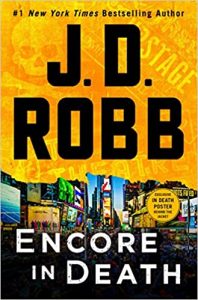 All of that is a way to loop back around and say this is a solid and solidly entertaining entry in the series for long-time fans. If you love Dallas and Roarke you’ll enjoy this season’s peek into their lives as much as I did.
All of that is a way to loop back around and say this is a solid and solidly entertaining entry in the series for long-time fans. If you love Dallas and Roarke you’ll enjoy this season’s peek into their lives as much as I did.
And I’m already looking forward to the next book in the series, Encore in Death, coming out in February. A little murder among the rich and famous should be just the ticket to warm up a winter night or two!

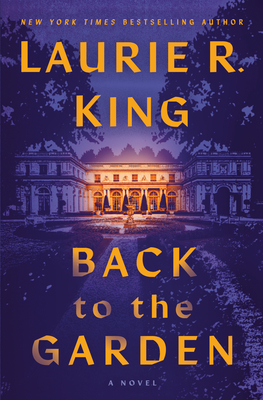 Back to the Garden by
Back to the Garden by  Escape Rating B+: I pickled this because I adore the author’s
Escape Rating B+: I pickled this because I adore the author’s 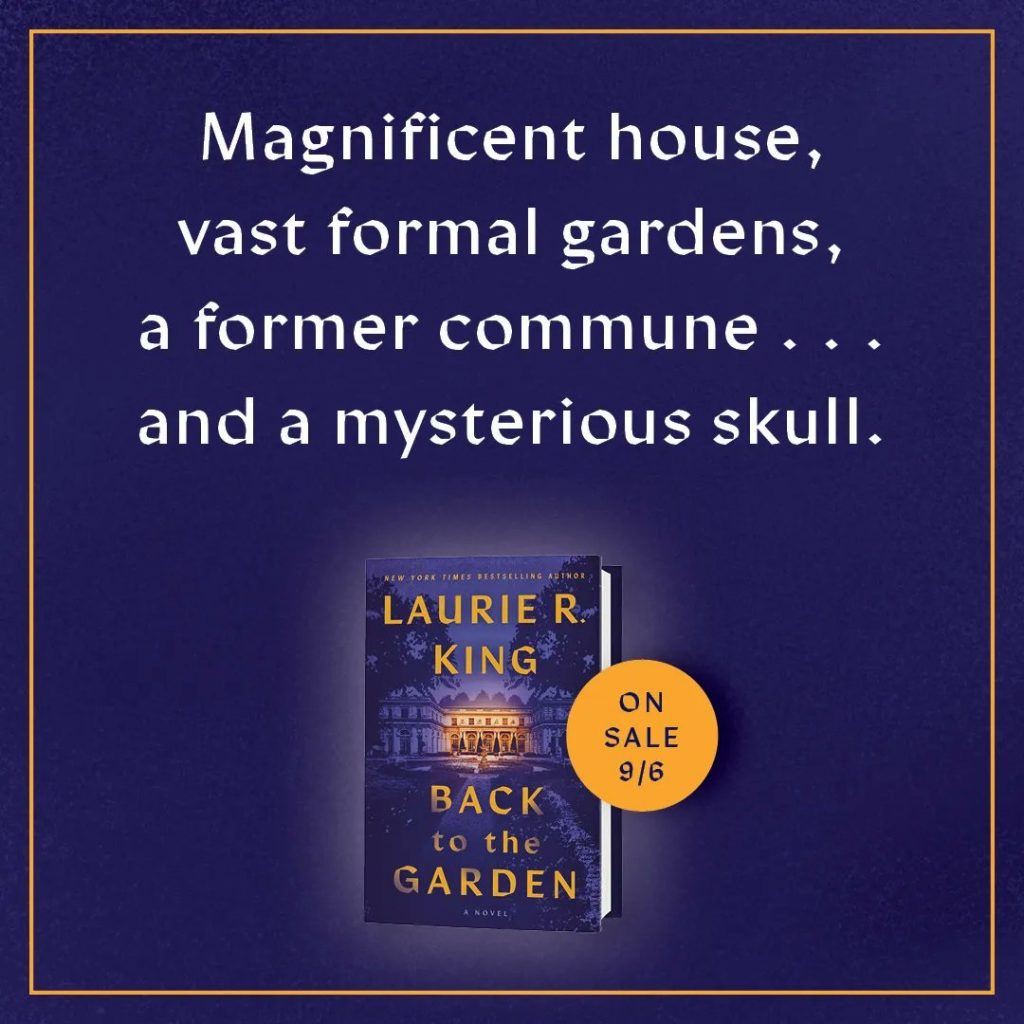
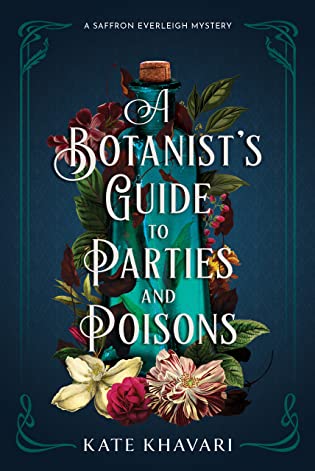 A Botanist's Guide to Parties and Poisons (Saffron Everleigh Mystery #1) by
A Botanist's Guide to Parties and Poisons (Saffron Everleigh Mystery #1) by 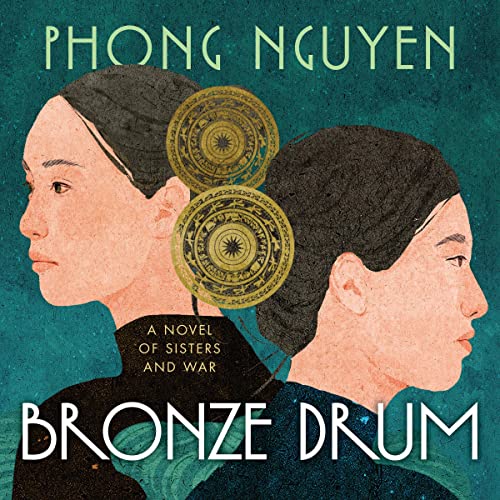 Bronze Drum: A Novel of Sisters and War by
Bronze Drum: A Novel of Sisters and War by 
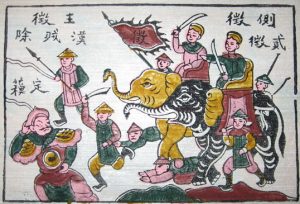
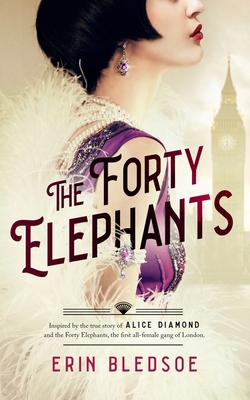 The Forty Elephants by
The Forty Elephants by 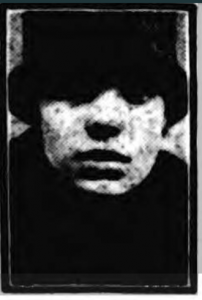
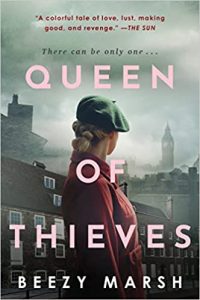 (Reading this has also sent me down lots of lovely internet rabbit holes, not just about the Forty Elephants but also about the TV series
(Reading this has also sent me down lots of lovely internet rabbit holes, not just about the Forty Elephants but also about the TV series 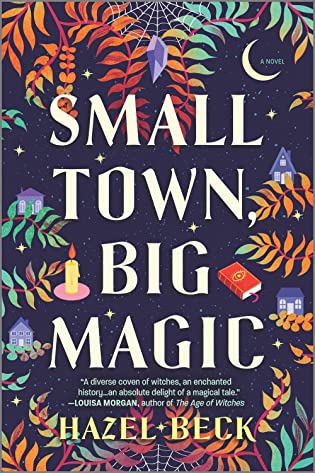 Small Town, Big Magic by
Small Town, Big Magic by 
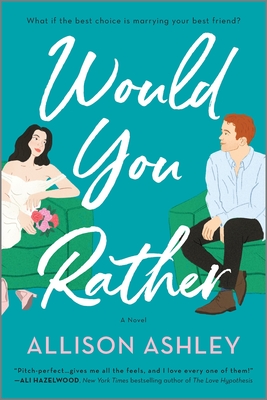 Would You Rather by
Would You Rather by 
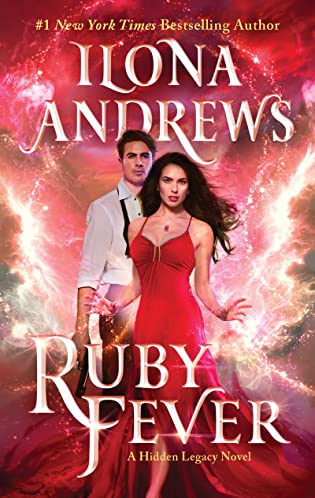 Ruby Fever (Hidden Legacy, #6) by
Ruby Fever (Hidden Legacy, #6) by 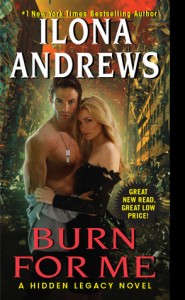 Ruby Fever is the sixth book in the awesome, urban fantasy/paranormal romantic suspense
Ruby Fever is the sixth book in the awesome, urban fantasy/paranormal romantic suspense 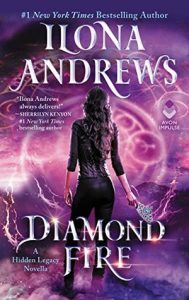 Escape Rating B: The premise of the
Escape Rating B: The premise of the 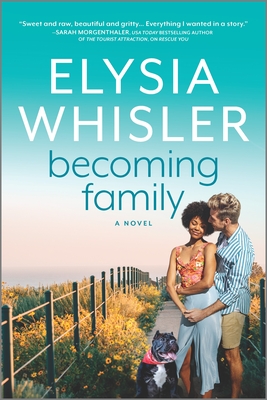 Becoming Family (Dogwood County, #3) by
Becoming Family (Dogwood County, #3) by  This is my second trip to Dogwood County, after last year’s marvelous
This is my second trip to Dogwood County, after last year’s marvelous  But the romance between Hobbs and Tabitha has a rocky start – and probably a rocky ever after as well. These are two people who have spent their lives having their boundaries attacked in one way or another. It’s great watching them both start to figure out where their lines are drawn – but it’s a battle that just isn’t realistically over when the story ends.
But the romance between Hobbs and Tabitha has a rocky start – and probably a rocky ever after as well. These are two people who have spent their lives having their boundaries attacked in one way or another. It’s great watching them both start to figure out where their lines are drawn – but it’s a battle that just isn’t realistically over when the story ends.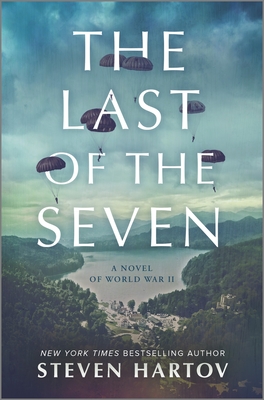 The Last of the Seven: A Novel of World War II by
The Last of the Seven: A Novel of World War II by 